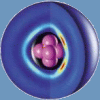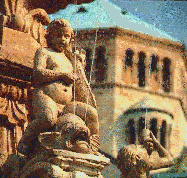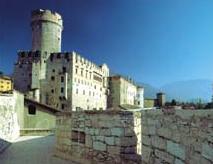
Info:
Home
Committees
Speakers
Program
Deadlines
Registration
Accommodation
Site location
Proceedings
Sponsors
Contacts

|
Number of inhabitants :106.073 History Tridentum, the old Roman name of the town, was founded in the first century BC, at the crossing of some important thoroughfares between Lake Garda and the Dolomites, Venice and Verona, Bolzano and Innsbruck. During the 1500s, the old medieval centre of town was transformed into a great renaissance town. This was encouraged by Bernardo Clesio, a local bishop, and his successor, Cristoforo Madruzzo, who gave the town splendid palazzos and hosted the Council of Trent there. Trento was for a long time a bishopric. Today Trento is the capital of an autonomous province operating under a special autonomy statute. Trento is among the most attractive towns. It has maintained its central role of being the crossroads between the Mediterranean and Alpine worlds, and is a place where the visitor will find a rich multi-cultural society.
Things to be seen
The cathedral (Duomo) is in the romanic style outside, while in the
gothic style inside. It is surrounded by a splendid square where you
can find Palazzo Pretorio, the Neptune fountain, and the frescoed
palazzos.
Trento and Trentino
Trento is the name of the town, and Trentino is the name of the province
of which Trento is the provincial capital.
Links |





